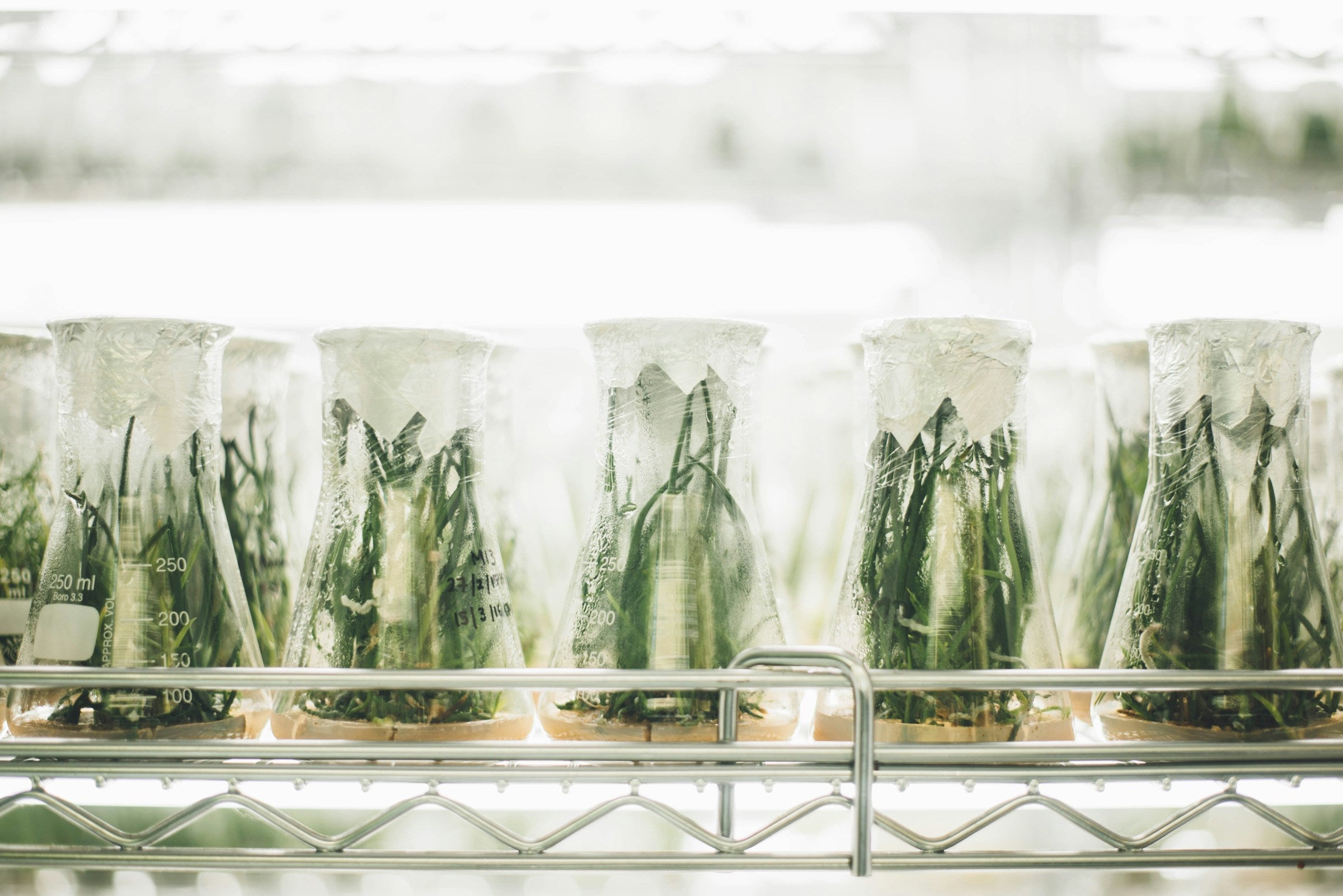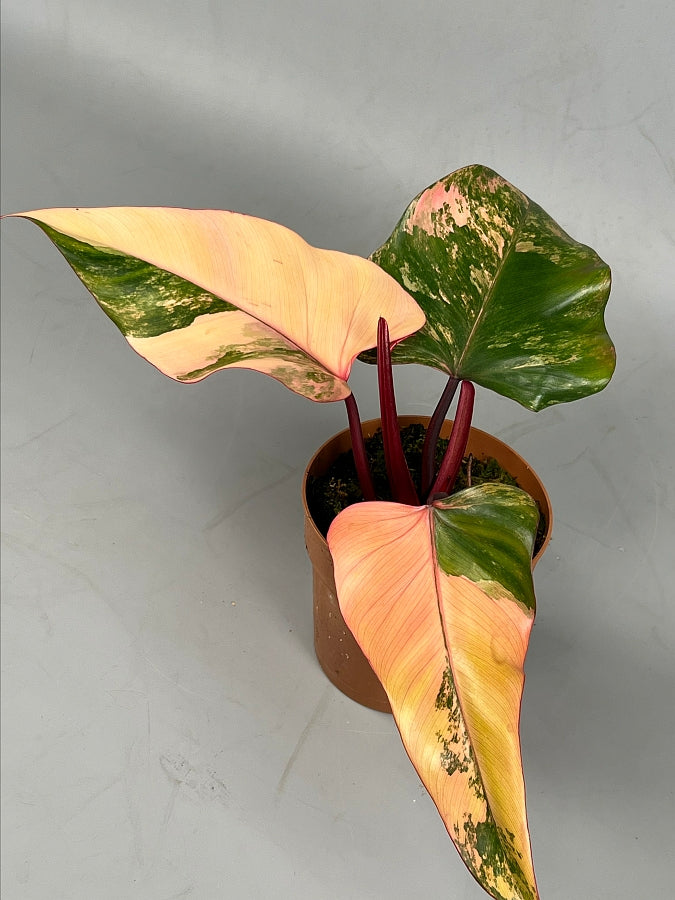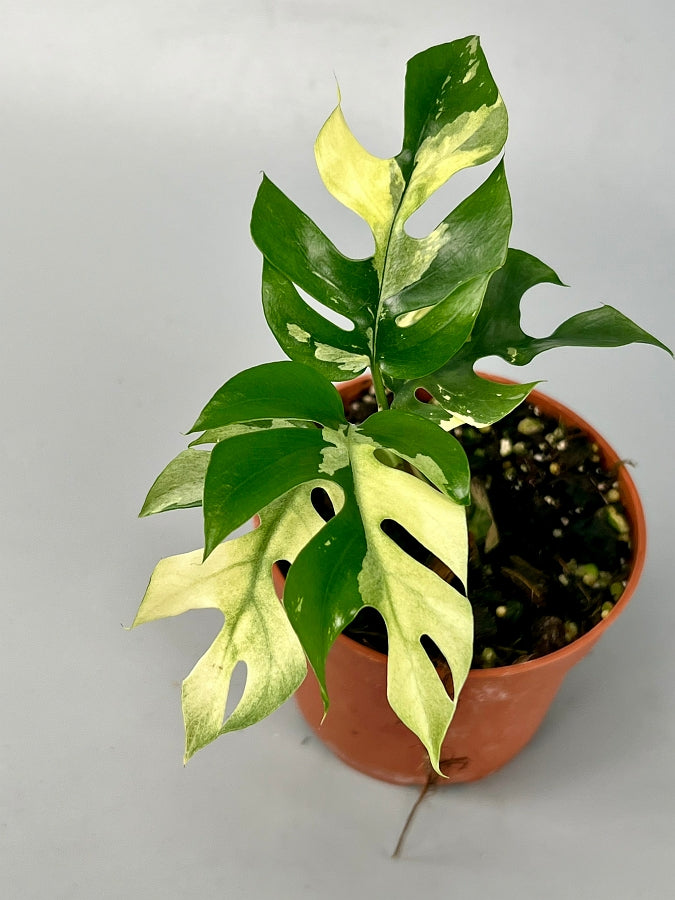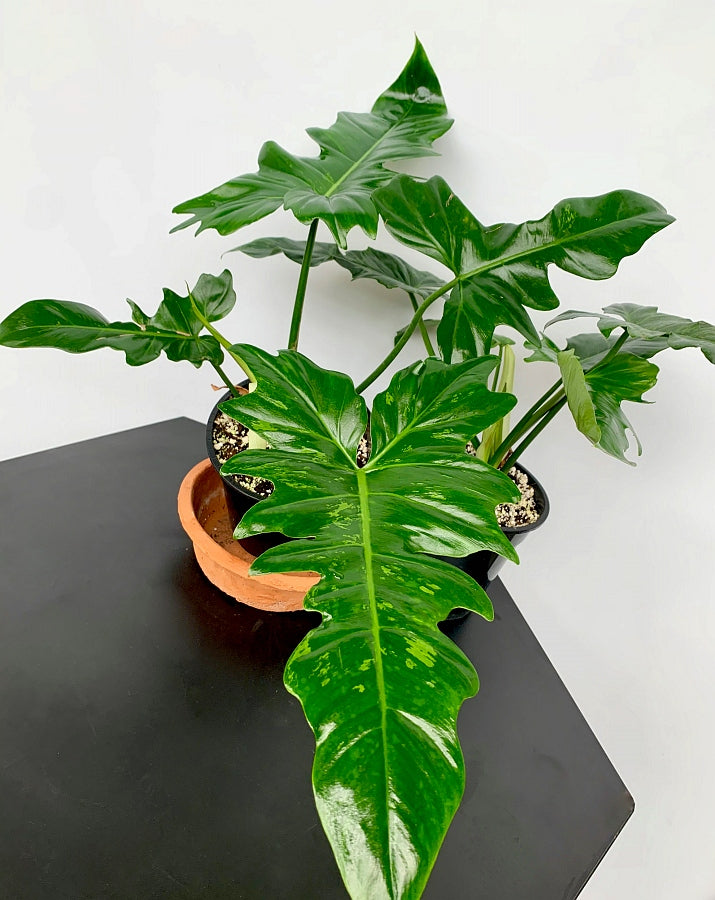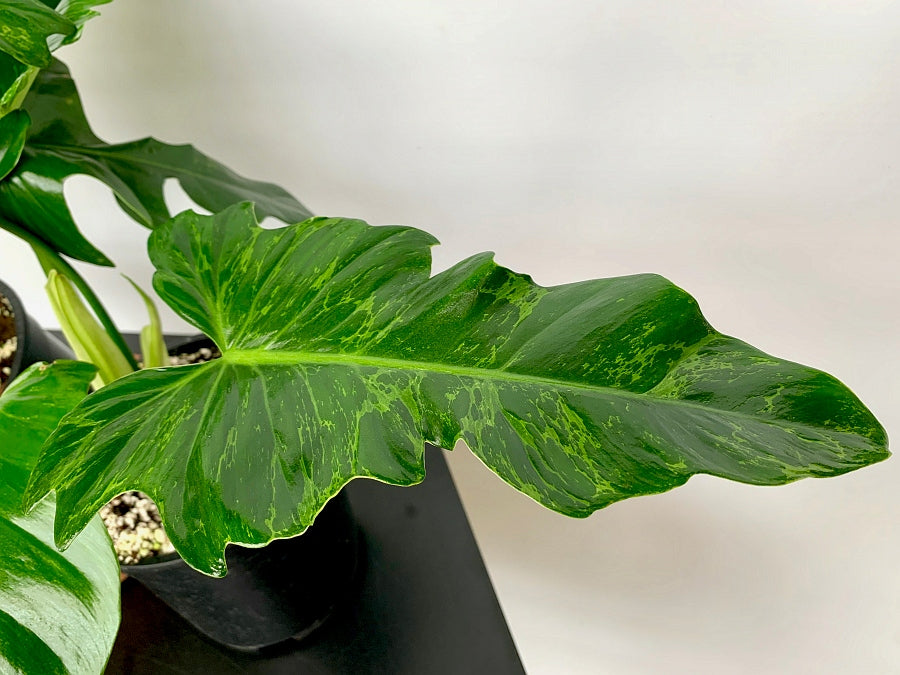Orchids are one of the most interesting plants in the world. Not only lovers of flowers and nature find it an interesting plant, but also the scientific community. Every year new discoveries are made in the field of genetics, symbiosis (ecological interaction) and cultivation techniques. We like to delve into the latest and most remarkable developments of today.
Genetic modification
One of the greatest breakthroughs in orchid science is the determination of nucleotides in the DNA of various species. Scientists have discovered that some orchids have unique genetic modifications that help them withstand extreme conditions. In recent research on the Phalaenopsis and Dendrobium have identified genetic markers responsible for variations in color, fragrance production and the initiation of flowering (bloom induction). This is rapidly accelerating and facilitating the breeding of orchids with specific traits.
Tissue culture and artificial pollination
Although growing orchids from seed has always been challenging due to their dependence on fungi, there has been a breakthrough in laboratory techniques that has led to improvements in sterile breeding methods. Scientists can now more easily raise more difficult species in sterile media, which may slowly increase the availability of rare orchids on the market.
Symbiosis with fungi
Orchids have a special symbiotic relationship with certain fungi. These fungi allow orchid seeds to germinate and survive. New research has shown that some orchids are able to cooperate with multiple types of fungi, while other species depend specifically on a particular fungus. This insight can help reintroduce endangered orchid species into the wild. Now we can add the right fungi to the soil to increase survival rates.
Climate resilient orchids
Climate change is a big issue today. Not only does deforestation play a major role in the disappearance of orchid species in nature, but also climate change. Scientists are studying how certain orchids adapt to changing temperatures. Some tropical species appear to be able to shift their flowering cycles in response to temperature changes. Other species are more sensitive to climatic variations. This research may help develop stronger orchid species for both collectors and conservation.
Luminous orchids
New research into genetic engineering has led to experiments in which orchids can produce a faint glow. By combining genes from luminous mushrooms with orchid DNA, scientists have created orchids that produce a faint glow in the dark. Although this technique is still experimental, it may be a start to developing a luminous houseplant in the future.
New orchid species
New orchid species are discovered every year. Especially in Southeast Asia and South America, several new species were described last year. Of these, some occur in only one location. These discoveries highlight the need for conservation, as many of these species may become extinct before they are fully studied.
The future of orchid research
Through technologies such as CRISPR gene editing, improved tissue culture methods and greater knowledge of symbiotic relationships of orchids, both a greener future in the houseplant world and conservation are being worked on. Moreover, these scientific breakthroughs will allow new hybrids and biotechnology to emerge.

